FinTech Review: Explore Personal Financial Management Apps | Mobio Group
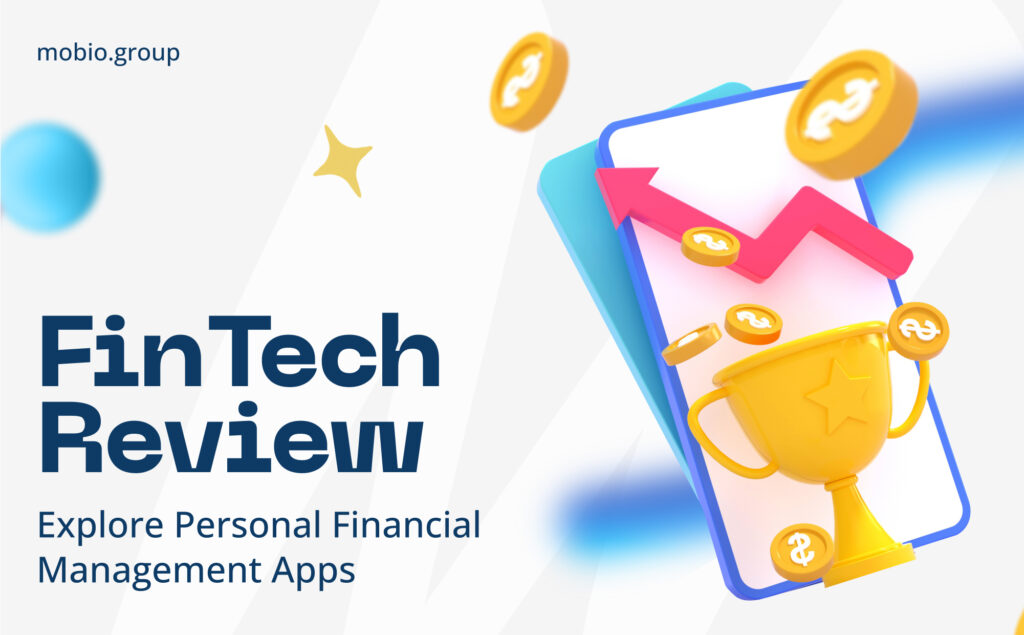
Looking through the offers in AppGallery or other stores, you’ve obviously noticed how many apps are presented in the “finance” and “business” section. If you have an idea of developing an app in the sphere of finance or a ready-made business that you want to realize in a mobile app, or you already have your own mobile app, you can still get confused by the abundance of offers and information. The situation is further complicated by the fact that the financial segment is saturated with professional slang, acronyms and special terms. If you go to the description of an app, you may still fail to understand its purpose and get “hung up” in complex terminology. Try to quickly pronounce “crowdfunding platform”. Did you get it right the first time? Congratulations, you’re a genius! But reading is not enough, you still need to have an idea of what it is and how it works. In fact, everything is not as complicated as it seems. Mobio Group have conditionally divided the area of financial apps into several sectors, each of which has its own specifics. Splitting into segments helps to specify the tasks and goals of the advertising campaign and to think through the strategy of promoting the app in detail. So, let’s begin.
FinTech is a very broad concept. Basically, everything that in one way or another relates to money can be called FinTech. Combining the fields of finance and technology helps humans interact with capital, be it money, stocks, credit claims or cryptocurrency. FinTech services provide financial services through innovations such as machine learning, artificial intelligence, cloud technology, blockchain and others.
Mobile Banking Apps
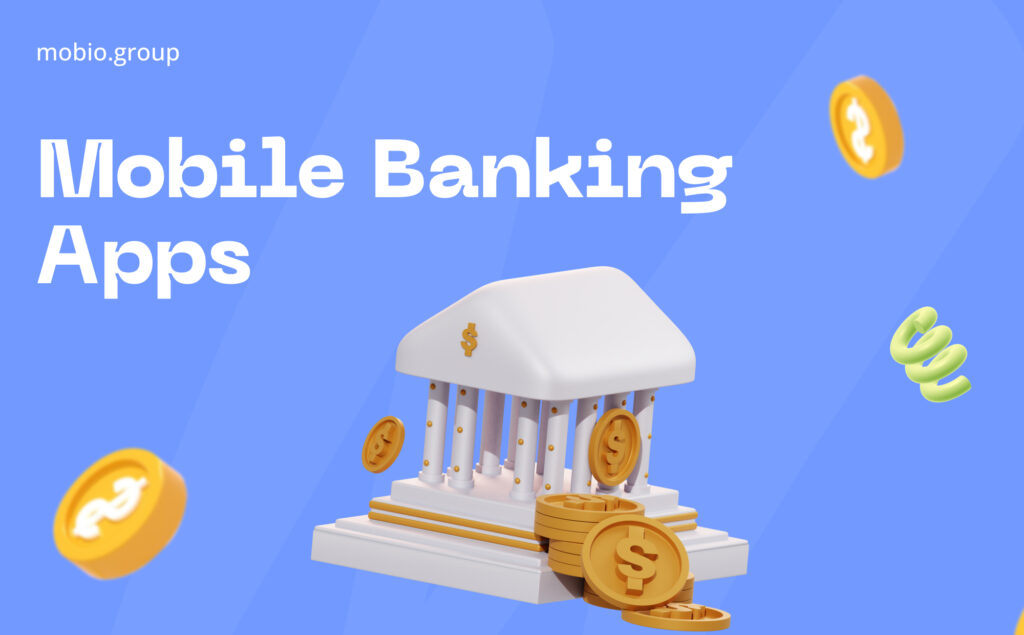
Long queues at banks for the simplest of transactions are a thing of the past. Appreciating the ease that the digital revolution in finance has brought to millions of users, banking institutions have also entered the mobile market by developing financial apps for their banks. We now enjoy the various benefits of mobile banking such as ease of making transactions, investing, opening accounts and deposits, blocking cards, adding beneficiaries and much more with a few taps on our devices. The present generation uses mobile banking easily, naturally and without thinking.
The advantages of mobile banking include 24/7 access to funds, a convenient way to pay bills, taxes and loans. The main disadvantages of mobile banking are potential security risks, technical problems and additional service fees.
Personal Financial Management Apps
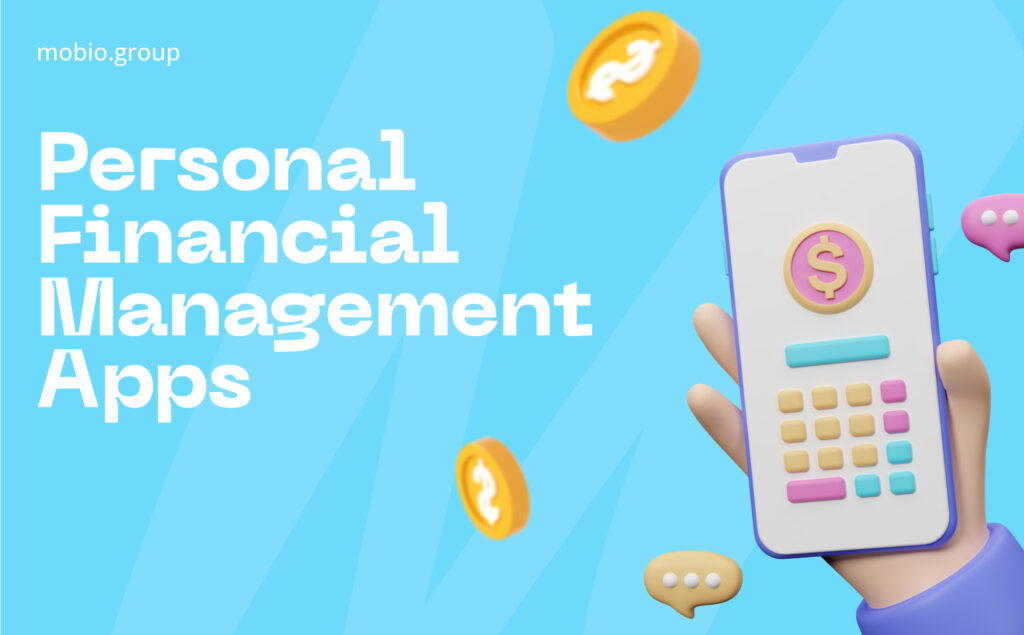
With their help, users can categorize and track their expenses and income in real time to better understand how to manage and budget their finances wisely and efficiently.
The apps offer users to connect all bank and credit card accounts to automatically update data along with payment reminders. Interesting features:
- recognition of cash receipts by QR code or photo and distribution by cost items
- display of income and expenditure structure in diagrams
- synchronization of trading and accounting of investments in securities and cryptocurrency
- ability to create financial forecasts
- support for currencies, including cryptocurrency, rate updates.
Wallet Apps and International Money Transfers
It is not always convenient to store or transfer funds using a card, as it can be expensive or inconvenient for certain reasons. There are the following alternatives:
- P2P payment solutions provide the ability to transfer money without intermediaries to each other, even to users of different banks and payment systems. P2P apps eliminate the need for cash, but a bank account or bank card is required. Most P2P payment apps are free to use.
- Digital wallets allow users to get rid of physical wallets or credit/debit cards, their market is also growing significantly. These apps allow users to make payments in a few taps or with biometrics, receiving lucrative coupons and offers in return. The card number is never stored in the app itself, instead it is assigned a unique virtual number. This protects your money even if your smartphone is lost or stolen. Digital crypto wallets are practical too, as they allow you to manage all your currencies in one place, send and receive money, and make purchases at stores that accept cryptocurrency.
Insurance Apps
These insurtech apps offer digital tools that allow insurance companies to optimize and automate time-consuming insurance processes, while giving the customer the opportunity to solve a wide range of insurance-related issues more quickly and easily and get a policy in “one click”. In addition to classic types of insurance, such as transport, property, medical, apps can offer insurance against ticks, the consequences of vaccinations, rising gasoline prices, competitors, crop failure, travel disruption and even bad weather.
Credit Apps
The need to visit a bank to get a loan or credit has been eliminated with the advent of online lending apps. They allow you to find a suitable loan or credit by selecting rates, terms and currency. Lending apps minimize paperwork and red tape, allowing you to take advantage of a loan literally in minutes. As a bonus, apps can offer instant payment to online stores, various cashbacks and gift cards from online partners.
Apps for Investment
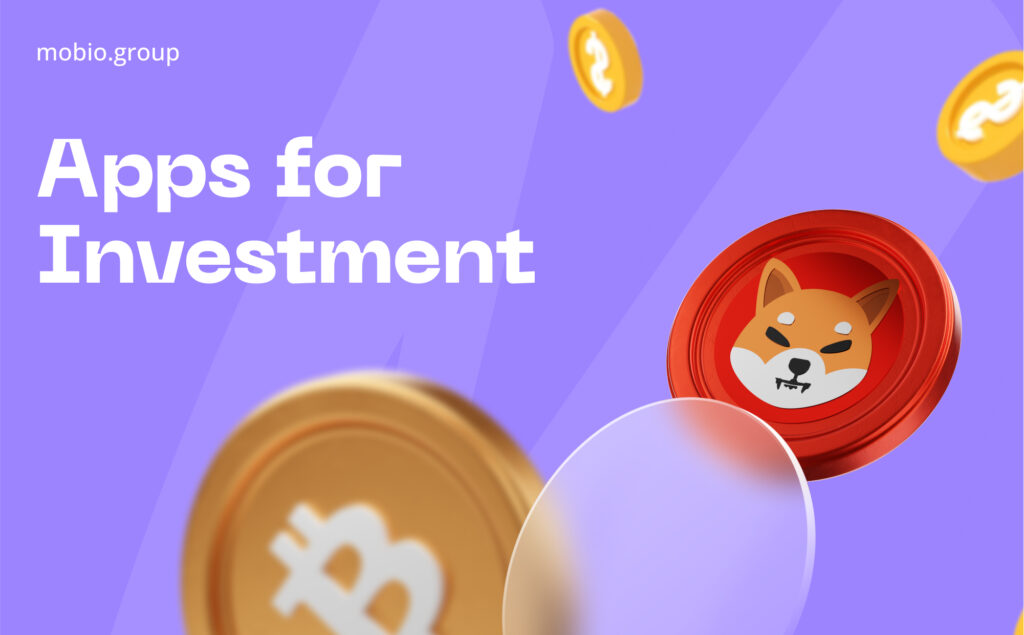
Today’s advanced users no longer save money in a bank account or keep it at home. Investment apps, offering stocks, bonds, structured products, mutual funds and more, not only help to protect savings from inflation, but also to generate income. Apps gather investment data from various sources, provide comprehensive information on stocks, forex and funds, allow you to calculate asset values and invest efficiently.
Investments can be made both in “proven” income-generating securities and in the latest startups, investing any amount, from the smallest to the smallest, which helps the private investment market to grow exponentially. This is facilitated by the emergence of robo-advisor applications, which analyze the market every second with thousands of prices for various financial instruments and tell their investor what choice is better to make. The combination of artificial intelligence (AI) and machine learning competes quite successfully with a “live” broker. Many apps offer demo accounts at the initial stage, from which you can make trial trades and, having made sure of the effectiveness, copy them to a real account.”
Crowdfunding Apps
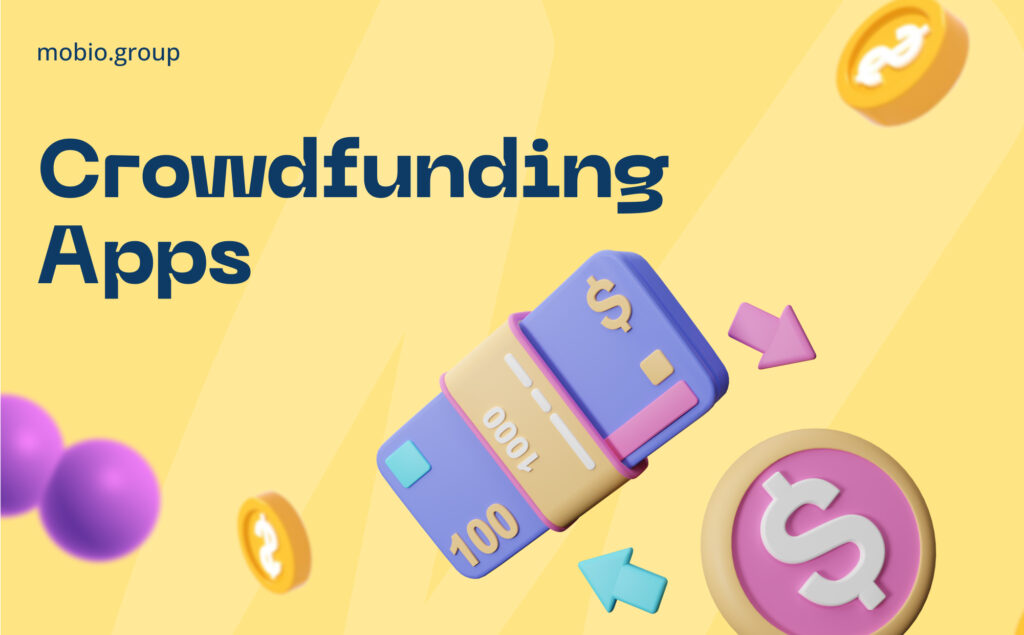
Crowdfunding apps bring investors and project authors together on one platform. Projects can be startups in any field, because crowdfunding is used to finance everything from movies and music albums to scientific research and space exploration. The author submits a project and specifies the amount needed to realize it. The investor, investing money, receives either the corresponding part of the profit or the contributed money, unless, of course, it is a charitable project.
The popularity of such apps can be easily tracked by million downloads at the top. Crowdfunding is interesting both as an opportunity to participate in the development of a promising startup and as a means to realize your project. Analyzing and studying crowdfunding sites can suggest new trends and tendencies in the market and bring fresh ideas.
Of course, FinTech apps are not limited to those listed above. Cashback services for frugal online shopping, apps with the ability to make VAT refunds using one’s smartphone, financial apps for children with a virtual bank card to which parents send money, with interactive game-based learning that touches on all areas of adult financial life, are developing. Foreks Digital has even developed a financial mobile game for financial industry professionals. So too, regulators and financial marketers are adopting and actively investing in SupTech and RegTech strategies. (The main areas of app of SupTech solutions are regulatory reporting, data management, and financial market supervision, while RegTech is used to simplify the processes of bringing organizations’ internal systems into compliance with legislative requirements).
Promoting
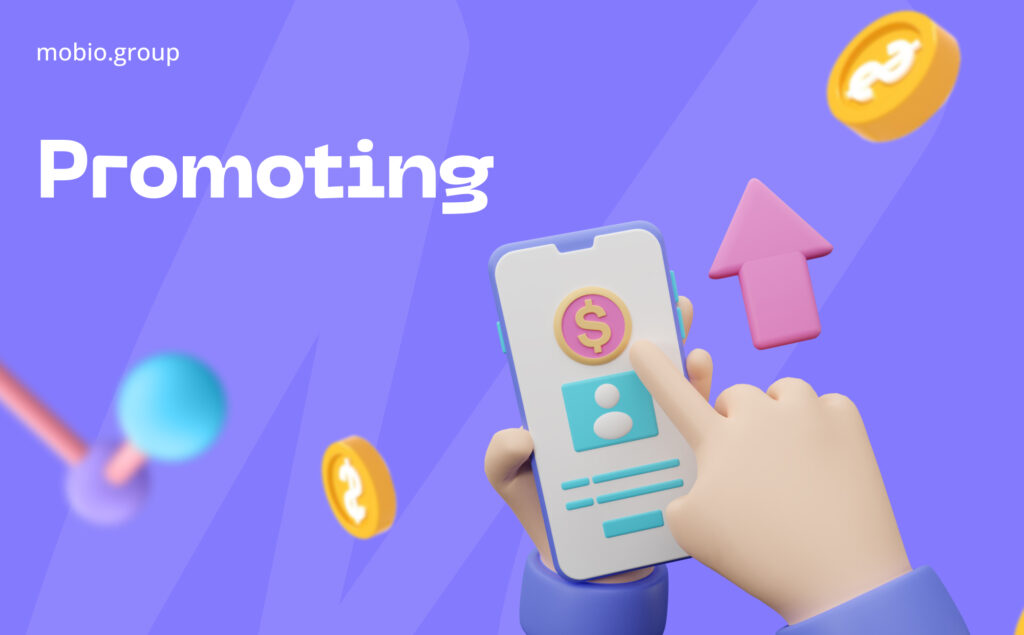
In fact, it is no longer possible to clearly delineate the FinTech application sector. As a rule, apps consolidate different types of related services — mobile banking offers investment and loan packages, inshurtech partners with loan companies. Almost all FinTech uses chat rooms, chatbots, training videos, information and news feeds. Financial organizations use the entire arsenal and marketing creativity available today to attract customers. For example, banking organizations offer plastic cards with a keyboard and display for generating confirmation codes for online purchases, palladium cards with engraving and even halal cards (Muslims are forbidden to receive interest income from their money, so holders of these cards can transfer their interest to pay cabs to pilgrims).
Unlike gamers, FinTech customers are not prone to constantly searching for new and better options. If an app suits the user — he uses it all the time. Accordingly, if an app is upgraded in time and follows market trends, the main task of FinTech app owners is to attract new users.
To successfully promote financial apps, it’s not enough just to make creatives and buy traffic. You need a strategy and a well-developed action plan.
☑ Form a clear and understandable UTP (unique selling proposition)
The UTP should contain a potential client’s financial question and a way to solve the problem with the help of the app. Highlight key universal advantages that can favorably present your app against competitors.
☑ Study similar offers on the market
Analyze competitors’ advertising campaigns, the number of downloads of their apps, and review promotion cases. Research the behavior of brands in your market segment. Despite the fact that brand promotion has certain specifics, large companies often publish statistical and analytical data in their reports, which you can take advantage of.
☑ Identify your target audience and segment it carefully
Creatives, platforms, tools — everything is detailed depending on the audience for which the app is intended. The future of your advertising campaign depends on how well you make a socio-demographic portrait of your client. A bank promoting a pension card or an app for age customers is unlikely to use shooter elements or rap music in its advertising creative. Rather, the emphasis will be on stability, sustainability and a guarantee of security. Breakdowns by age groups allow to identify segments with the most effective CPA. Dividing the audience by such a demographic criterion as gender can significantly affect the CTR — men are more often interested in investment offers, women are more likely to “click through” to personal finance management apps. In addition, target audience research will help you choose advertising channels for promotion.
☑ Choose communication channels with an eye on maximizing the presence of your target audience
But take into account your advertising budget. If it is not large, focus on a minimum number of channels with sufficient frequency and regularity of contacts. Use targeted advertising in social networks and retargeting. Emphasize contextual queries. Cross-promotion advertising is also relevant for FinTech apps — placement of your campaign creative in an app of a related topic. For example, banking and investment apps advertise insurance and credit organizations, and vice versa. If you are sure that your product has advantages among similar ones, then with the help of In-app advertising you can be placed on competitors’ sites, guaranteeing to reach the right target audience.
☑ Create a large number of creatives
There’s a big flight for creativity here, but there are still a few tips:
- respect a common style and palette. It is preferable to keep a single conceptual recognizable feature in all creatives. It can be a brand mark, a media face, a slogan, a very brief description of your advantage or a color palette, which, by the way, should also be thought about. It is unlikely that the creative for promoting a solid investment app should be done in neon colors of yellow peas on a purple background.
- use numbers. It works if the numbers are clear and easy to understand. That’s the beauty of FinTech — the ability to convey a message to the consumer as simply as possible by representing it with numbers.
- don’t overload your creative with information. Achieve brevity and conciseness. There’s no need to list all the discounted loan rates or all your app options in one creative. Mobio Group takes a “1 ad — 1 campaign” approach. Ineffective creatives within a single RC can drag down the entire campaign, and this approach is more difficult to monitor and optimize. Daily work with bids and CPA analysis for each campaign will allow you to quickly react to changes and monitor performance.
- be careful with humor. FinTech is not an entertaining field. But monotonous gray ads with boring numbers do not attract the sophisticated user. Using an ironic character, a comical memorable image, phrases with a dual interpretation – this is a subtle art that can run your ad to the maximum KPI, and can drain the entire advertising budget. We can say from our experience that cartoon animation often works better than creatives with real people.
☑ Choose the right type of advertising
Or better yet, several. Banner ads are usually cheaper, but less effective. Native advertising also performs well in FinTech apps. The user often goes to the lending app from the bank page without realizing it. The most productive are, of course, videos and interactive. The effectiveness of video advertising is high, but it requires professionalism. We at Mobio Group are well acquainted with the peculiarities of Digital Drama and are perfectly capable of handling all Social Media formats, from short Youtube videos to dance integrations in TikTok.
☑ Analyze
The most important and most important point. Test and analyze. Test sites, audience segments, creative ideas, test by conversions, by models, by sources. And analyze again. If you don’t have enough information to analyze, tools, experience or, finally, just enough time, contact us at Mobio Group. We have learned how to work in an ever-changing market, which means that tomorrow your campaigns will be better than yesterday.


